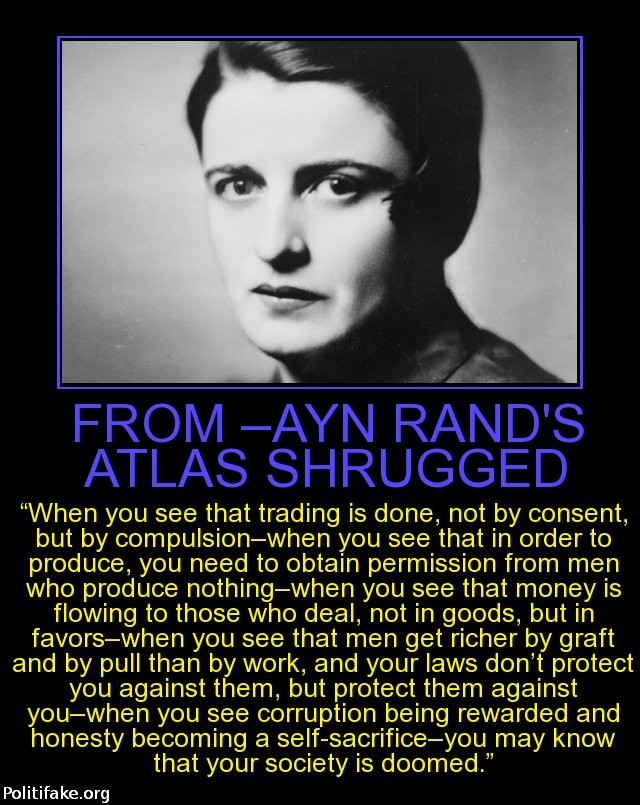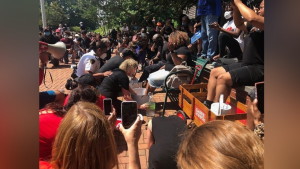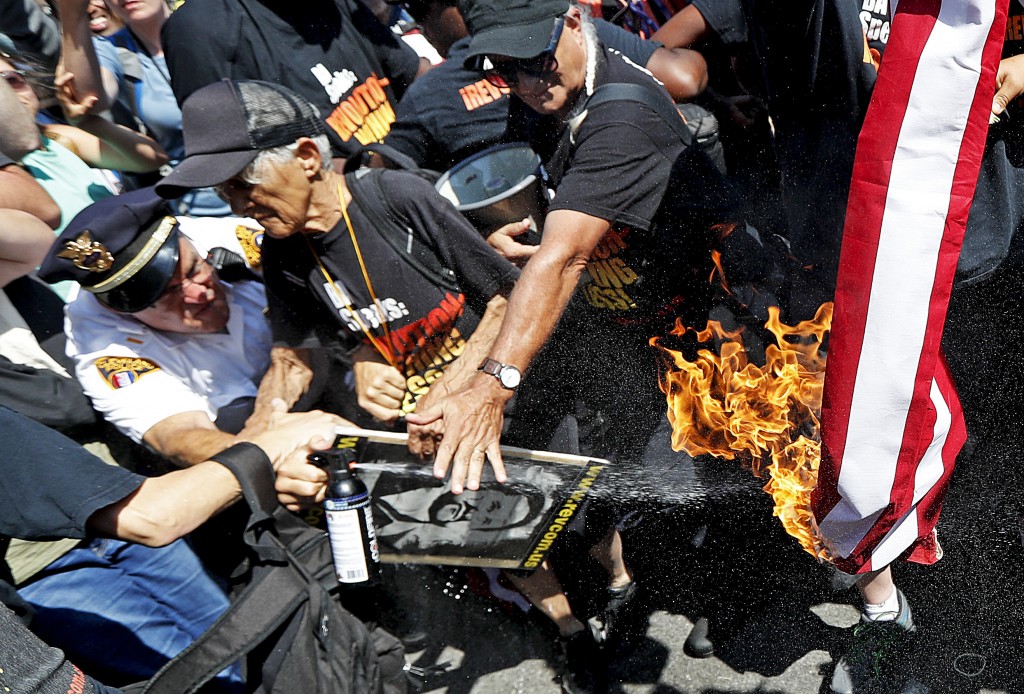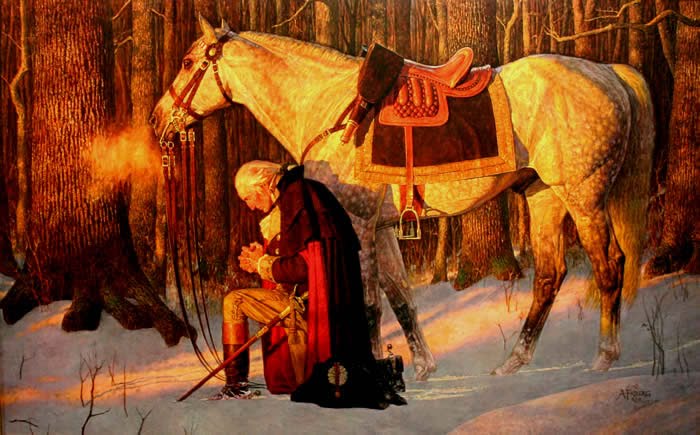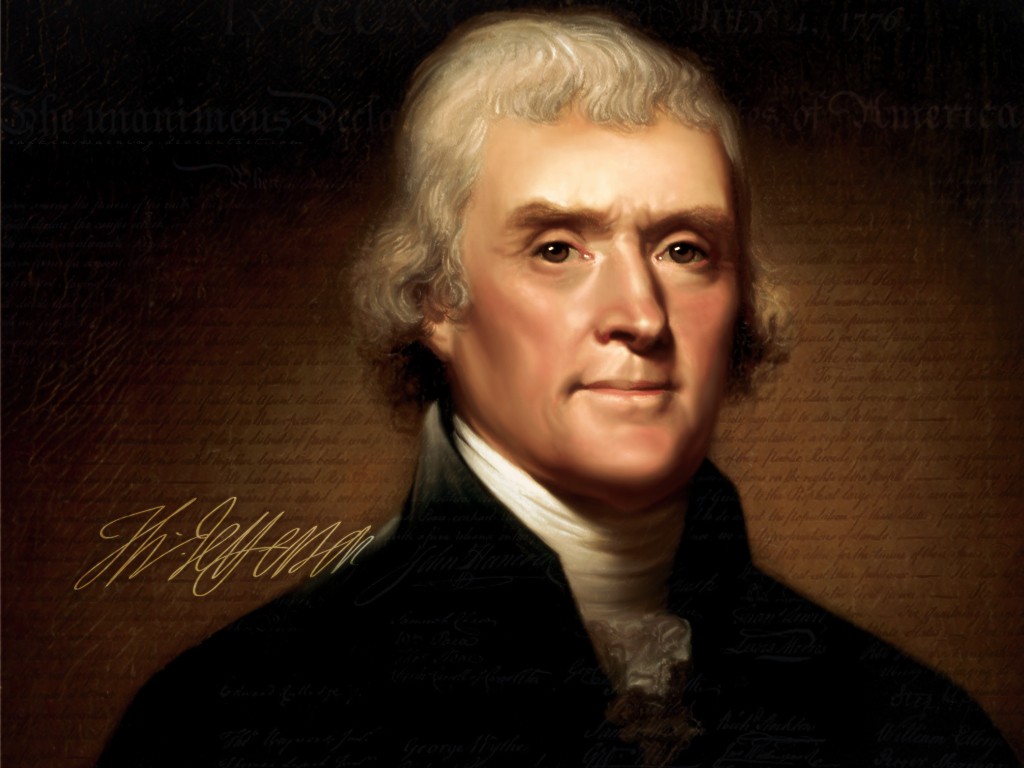If there’s anyone like this writer searching for a focus, a reason, a goal beyond getting rid of the Clinton/Obama plague oozing through the American political system, …
The latest in White/Male Guilt: there are no words…
UPDATE 6/9/20: It’s getting embarrassing, what with an election coming up and Dem pandering to the Black vote reaching a new low. Lately, loony Dems …
“You’re on fire, you’re on fire, stupid!”
A cop’s (and bedrock America’s) informative message to the Left.
Living in Mom & Dad’s (Uncle Sam’s) basement on their hosts’ generous dime and good will, the freeloading Left here and abroad complains about the accommodations. Nothing can …
Liberals: Blame/defame your friends, exalt your enemies
UPDATE 10/5/17: Post-Vegas, same old, same old Never-Let-A-Crisis-Go-To-Waste drivel: Hillary & Co. still determined to do away with all those annoying Constitutional rights that stand …
Greatest generation the most entitled
It has become yet another form of politically incorrect blasphemy to take issue with Tom Brokaw’s reverential awe of the so-called “Greatest Generation.”
Charters of Freedom-U.S. Archives
In 1761, fifteen years before the United States of America burst onto the world stage with the Declaration of Independence, the American colonists were loyal British subjects who celebrated the coronation of their new King, George III. The colonies that stretched from present-day Maine to Georgia were distinctly English in character although they had been settled by Scots, Welsh, Irish, Dutch, Swedes, Finns, Africans, French, Germans, and Swiss, as well as English.
Thomas Jefferson (1743-1826)
Thomas Jefferson — author of the Declaration of Independence and the Statute of Virginia for Religious Freedom, third president of the United States, and founder of the University of Virginia — voiced the aspirations of a new America as no other individual of his era. As public official, historian, philosopher, and plantation owner, he served his country for over five decades.
His father Peter Jefferson was a successful planter and surveyor and his mother Jane Randolph a member of one of Virginia’s most distinguished families. Having inherited a considerable landed estate from his father, Jefferson began building Monticello when he was twenty-six years old. Three years later, he married Martha Wayles Skelton, with whom he lived happily for ten years until her death. Their marriage produced six children, but only two survived to adulthood. Jefferson, who never remarried, maintained Monticello as his home throughout his life, always expanding and changing the house.
